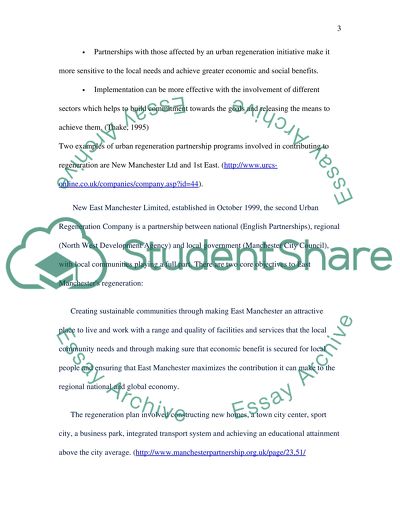Cite this document
(“Urban Regeneration Partnerships Essay Example | Topics and Well Written Essays - 2750 words”, n.d.)
Retrieved de https://studentshare.org/sociology/1517108-urban-regeneration-partnerships
Retrieved de https://studentshare.org/sociology/1517108-urban-regeneration-partnerships
(Urban Regeneration Partnerships Essay Example | Topics and Well Written Essays - 2750 Words)
https://studentshare.org/sociology/1517108-urban-regeneration-partnerships.
https://studentshare.org/sociology/1517108-urban-regeneration-partnerships.
“Urban Regeneration Partnerships Essay Example | Topics and Well Written Essays - 2750 Words”, n.d. https://studentshare.org/sociology/1517108-urban-regeneration-partnerships.


